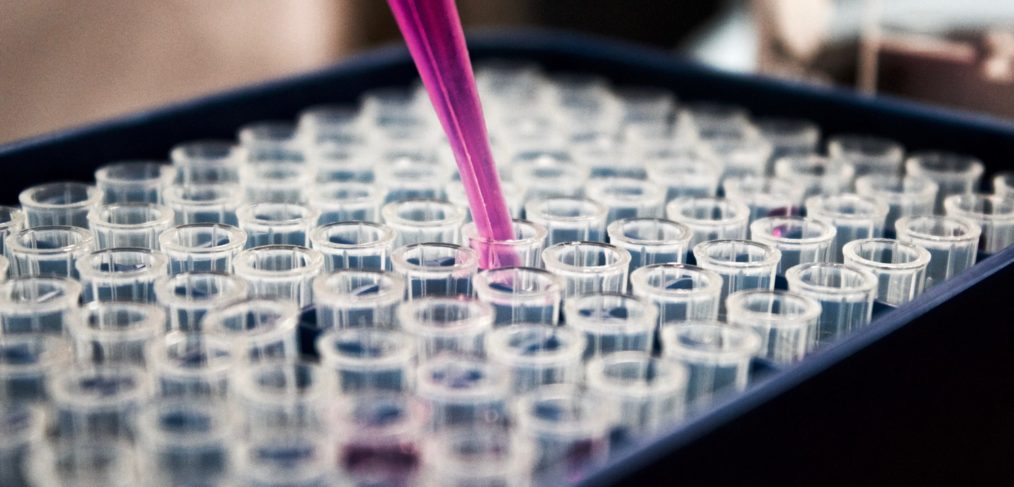What is it? By filtering molecules over a gel, size exclusion chromatography (SEC) separates molecules according to their size (1). The gel is made up of sphere-shaped beads with pores that vary in size (1). When molecules of various sizes are passed through the gel, separation occurs because the smaller molecules can enter the pores […]
The identification, measurement, and purification of a specific analyte or chemical are the primary goals of the Chromatographic process. Examinations can be done both quantitatively and qualitatively. HPLC is just one aspect and can be used in the following applications (1): Purifying water Impurity detection in the pharmaceutical sectors Trace component pre-concentration Ligand-exchange Ion-exchange of […]
In order to quantify and identify the compounds separated in the column, HPLC analysis requires a detector to monitor the compounds themselves. The sort of detector used depends on what is being detected. It’s crucial to think about the type of sample you’ll be analysing before choosing a detector. On some detectors, certain sample types […]
High-performance liquid chromatography (HPLC) (Fig.1) is a chromatographic technique that is used to separate a mixture of substances in order to identify, measure, or purify the individual components of the mixture. How does HPLC work? The sample combination to be separated and evaluated is placed into a stream of mobile phase percolating through a column […]


